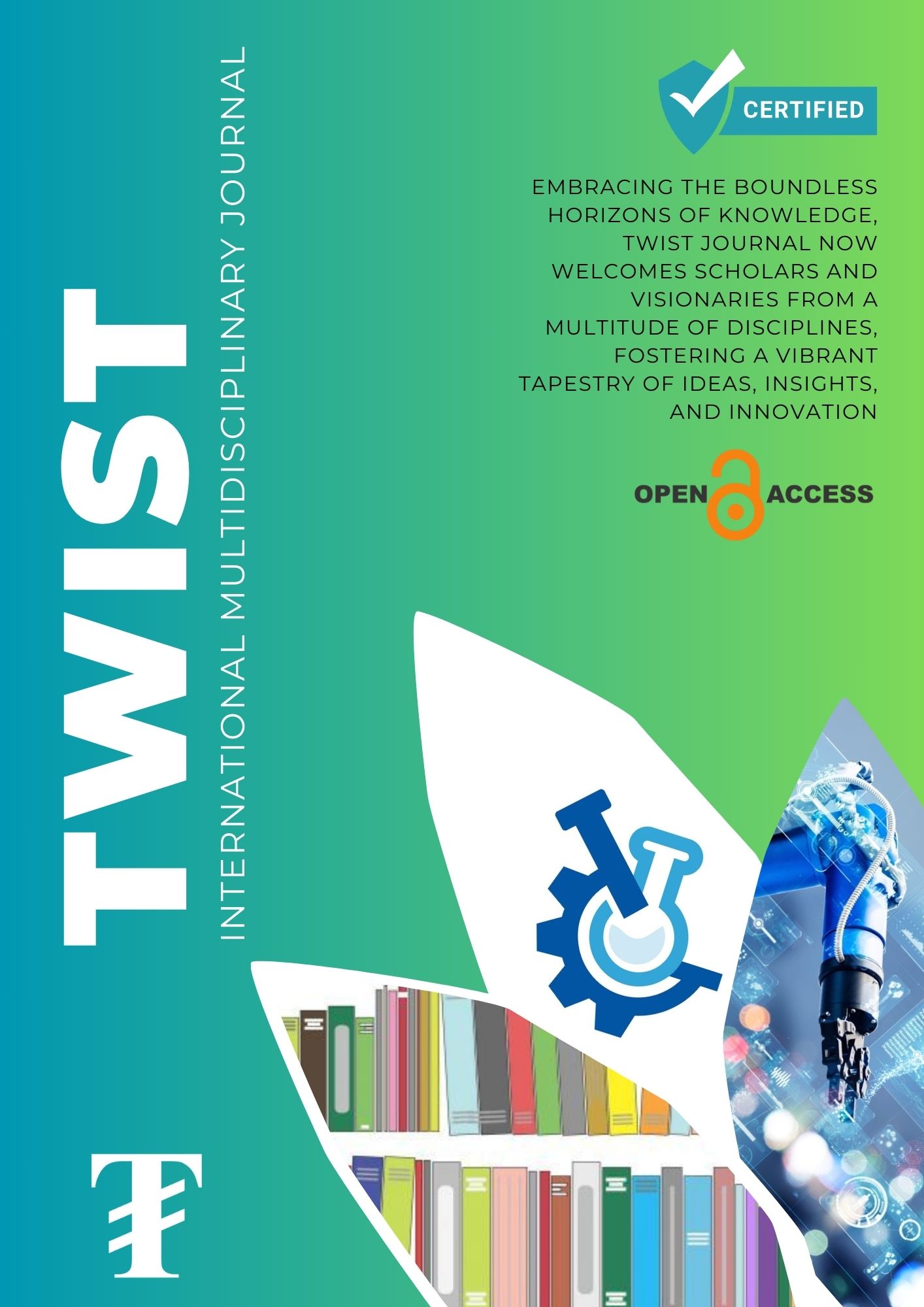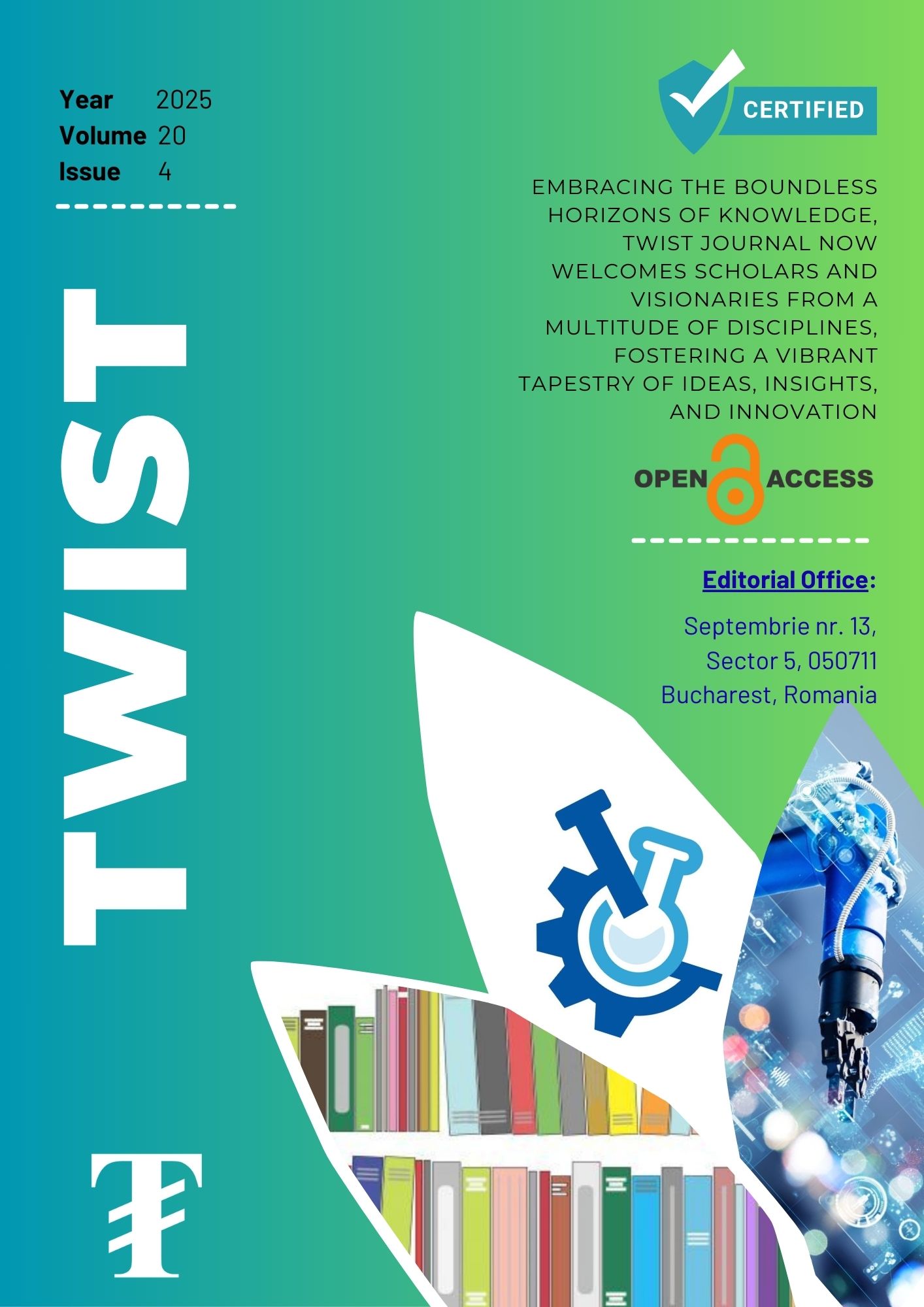School Heads’ Communication and Management Functions in Building Organizational Trust
Keywords:
Communication Function, Management Functions, Organizational TrustAbstract
The general purpose of this study was to investigate the role of school head's communication and management functions in shaping the organizational trust dynamics within the school. Specifically, this study aims to discover their practices in communication and management functions. This study also ascertain to assess the level of organizational trust among the internal stakeholders. Lastly, it ascertain to evaluate the correlations between school heads’ practices in communication and management function to the level of organizational trust among the internal stakeholders. This study was conducted on public elementary schools in the North district of Mauban, Quezon Province, involving a total of 104 school heads and internal stakeholders selected through purposive sampling. Employing a descriptive-correlational quantitative research method, the study utilized a researcher-made survey questionnaire distributed among the participants. Based on the findings, the study found that most of respondents are from Mauban North ESl I, fall within the age range of 31 to 40 years, have a tenure of 10 years or less, and hold a Bachelor's degree with additional Master's degree. It is evident that the school head's communication function is highly observed across all subscales, including information dissemination, affirmation feedback, and interpretation of messages. The findings also suggest that school heads demonstrate highly observed practices in various management domains, including management for school goals, instructional management, direct supervision of instruction, and bureaucratic management which reflects effective leadership and administration within schools. The analysis indicates a high level of organizational trust among internal stakeholders across affective, cognitive, and behavioral aspects which highlights the consistent perceptions. In conclusion, moderate positive correlations observed indicate that effective communication practices, such as providing information, offering affirmation and feedback, and interpreting organizational matters, are associated with higher levels of trust. Therefore, it can be hypothesized that enhancing these communication functions can lead to increased organizational trust among internal stakeholders, contributing to a more positive organizational climate and improved outcomes. The findings also revealed that effective management for school goals, instructional management, direct supervision, and bureaucratic management are all associated with higher levels of trust. Based on these results, it can be hypothesized that improving management practices, particularly in terms of setting and achieving school goals, managing instruction effectively, providing direct supervision, and implementing bureaucratic processes efficiently, can lead to increased organizational trust among internal stakeholders. This study recommends for the future researchers to further explore the complex dynamics between school head communication, management functions, and organizational trust. Additionally, they should explore the influence of contextual factors, such as school culture and community dynamics, on trust dynamics within educational institutions.
Downloads
Downloads
Published
Issue
Section
License
Copyright (c) 2024 TWIST

This work is licensed under a Creative Commons Attribution-NonCommercial-ShareAlike 4.0 International License.






